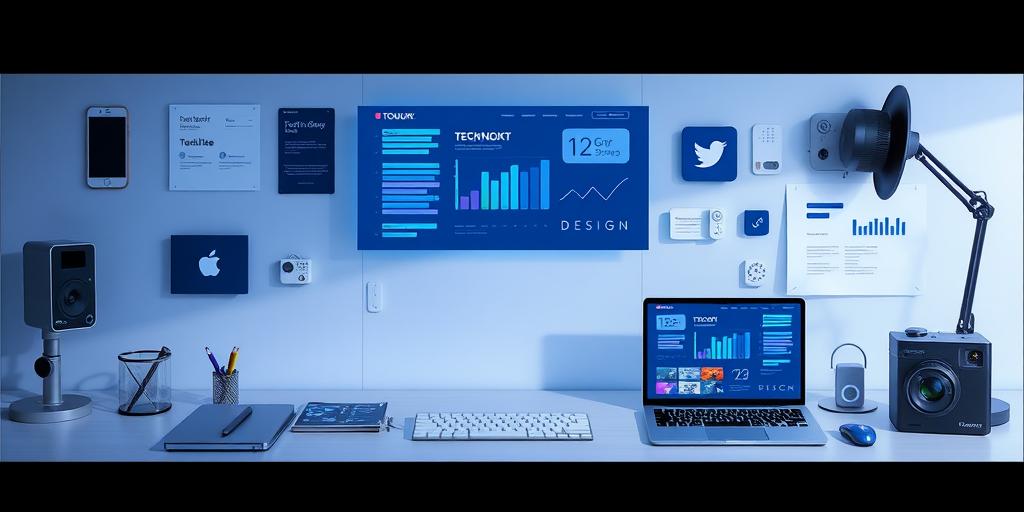In today's tech landscape, aesthetics are no longer an afterthought but a core component of design. We're not just talking about making things look pretty; we're diving into how visual appeal impacts user experience, brand identity, and overall product success.
The Evolution of Tech Aesthetics
Remember the clunky interfaces of the early 2000s? Tech design has come a long way since then. The shift towards user-centric design has propelled aesthetics to the forefront. Companies now recognize that a visually pleasing and intuitive interface can significantly enhance user satisfaction and loyalty. Think about the sleek, minimalist designs of Apple or the vibrant, engaging interfaces of Google's Material Design. These aren't accidental; they're strategic.
Key Elements of Tech Aesthetics
So, what exactly goes into creating compelling tech aesthetics?
- Color Palette: Color evokes emotion and guides user attention. A well-chosen color palette can reinforce brand identity and create a cohesive visual experience.
- Typography: The right font can make or break a design. Readability, personality, and hierarchy are crucial considerations.
- Imagery: High-quality visuals, whether photos, illustrations, or icons, add depth and context. They should be consistent with the overall design language.
- Layout and Spacing: A clean, uncluttered layout helps users navigate easily. Whitespace is your friend – it provides visual breathing room and emphasizes key elements.
- Motion and Animation: Subtle animations can enhance interactivity and provide feedback. However, moderation is key; excessive animation can be distracting.
The Impact on User Experience
Aesthetics aren't just about looks; they directly influence user experience. A visually appealing design can:
- Increase Engagement: Users are more likely to spend time on a product that looks good.
- Improve Usability: Clear visual hierarchy and intuitive layouts make it easier for users to find what they need.
- Build Trust: A polished design conveys professionalism and credibility.
- Enhance Brand Perception: Consistent aesthetics reinforce brand identity and create a positive impression.
Case Studies: Aesthetic Success Stories
Let's look at some companies that have nailed tech aesthetics:
- Apple: Known for its minimalist and elegant designs, Apple has set the standard for tech aesthetics. Their products are not only functional but also objects of desire.
- Google: With Material Design, Google has created a consistent and visually appealing design language across its products. The use of color, typography, and animation enhances usability and creates a cohesive brand experience.
- Spotify: Spotify's dark mode and vibrant album art create a visually engaging and immersive music-listening experience.
The Future of Tech Aesthetics
As technology evolves, so will aesthetics. We can expect to see:
- More Personalized Designs: AI-powered design tools will enable personalized user interfaces tailored to individual preferences.
- Increased Focus on Accessibility: Inclusive design will ensure that aesthetics are accessible to users with disabilities.
- Integration of AR/VR: Immersive technologies will demand new aesthetic considerations to create compelling and seamless experiences.
In conclusion, tech aesthetics are a critical element of successful product design. By understanding the key elements and prioritizing user experience, companies can create products that are not only functional but also visually appealing and engaging.









